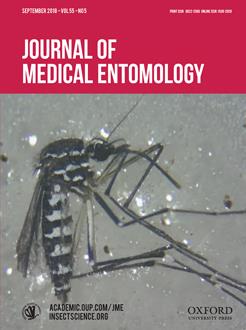With the establishment of Zika virus in the Americas, an accurate understanding of the geographic range of its primary vector, Aedes (Stegomyia) aegypti (L.) (Diptera: Culicidae), is vital to assessing transmission risk. In an article published in June 2016, Hahn and colleagues compiled county-level records in the United States for the presence of Ae. aegypti and Aedes (Stegomyia) albopictus (Skuse) (Diptera: Culicidae) reported between January 1995 and March 2016. Despite ecological suitability for both mosquito species along the Gulf Coast, Ae. aegypti was not reported in Alabama during the time interval, a result consistent with research suggesting that interactions between these two species often result in displacement of Ae. aegypti. Herein, we report the detection of Ae. aegypti populations in Mobile, Alabama, after a 26-yr absence and present findings on human perceptions of Zika virus relevant to transmission. It is unclear whether the specimens (69 out of 1074) represent a recent re-introduction or belong to a previously undetected remnant population. Sequencing of mtDNA from identified Ae. aegypti matched closest to a specimen collected in Kerala, India. A survey of residents in the surveillance area suggests high encounter rates with mosquitoes in and around homes. Despite high self-reported knowledge about Zika virus, the survey revealed gaps in knowledge regarding its transmission cycle and relative degrees of vulnerability to serious illness among segments of the human population. These findings highlight the importance of continued surveillance, vector control, and public-health education in Gulf Coast states, as well as the potential threat of Ae. Aegypti–transmitted pathogens in southern Alabama.
How to translate text using browser tools
5 April 2018
Detection of Aedes (Stegomyia) aegypti (Diptera: Culicidae) Populations in Southern Alabama Following a 26-yr Absence and Public Perceptions of the Threat of Zika Virus
Sarah Zohdy,
Wayde C. Morse,
Derrick Mathias,
Victoria Ashby,
Sarah Lessard
ACCESS THE FULL ARTICLE
It is not available for individual sale.
This article is only available to subscribers.
It is not available for individual sale.
It is not available for individual sale.

Journal of Medical Entomology
Vol. 55 • No. 5
September 2018
Vol. 55 • No. 5
September 2018
Gulf Coast
public health
vector-borne diseases
Zika virus




